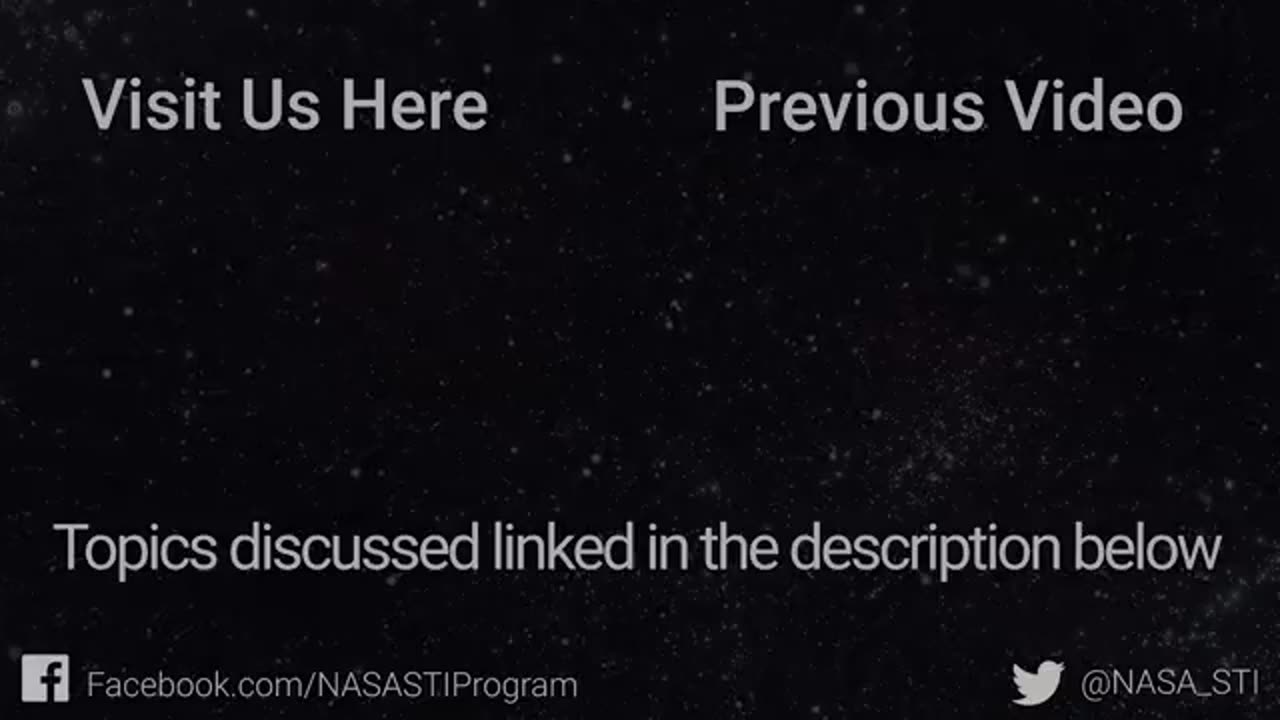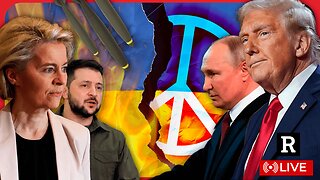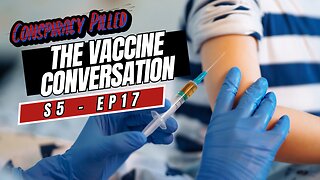Premium Only Content

Rocket Engine Testing the NASA Way!
Stennis Space Center has long been known as the agency’s largest rocket testing facility and they have been extremely busy with the testing of the upgraded RS-25 engines. In fact all RS-25 Engine testing happens exclusively at Stennis Space Center! If these look familiar to you, it may be due to the fact that they were used as the space shuttle main engine for the last 30 years. Compared to the 3 RS-25 engines that the space shuttle had the SLS will utilize 4 of them to produce 2 Million pounds of thrust. The thorough testing of the RS-25 plays an essential role in upholding NASA’s high standards of efficient and reliable engines.
LIGO Lab Caltech : MIT
6.88K
Subscribe
7K
Share
Save
Report
Up next
19:43
Go to channel
Black Holes Explained | They are not what you think they are! | Dhruv Rathee
Dhruv Rathee•7.7M views
1:14
Go to channel
Warped Space and Time Around Colliding Black Holes
LIGO Lab Caltech : MIT•295K views
5:08
Go to channel
Universe Size Comparison 3D
Harry Evett•148M views
0:26
Go to channel
Ripples in Spacetime Pond
LIGO Lab Caltech : MIT•212K views
0:32
Comparing "Chirps" from Black Holes
LIGO Lab Caltech : MIT•48K views
3:16
Law of exponent telling untruth
H C VERMA•649K views
0:59
Collision of accretion disks (N-body simulation)
Pavel Ševeček•31K views
1:23
Cosmic fireworks reveal newborn stars (ESOcast Light 239)
European Southern Observatory (ESO)•101K views
0:43
Shadow of a Kerr black hole
UniStuttgart VIS VISUS•3.9K views
0:57
Sound of COLLIDING Black Holes
The Secrets of the Universe•371K views
9:26
क्या हो अगर आप केप्लर 22-बी में रहते हों? I What If You Lived on Kepler 22-b?
क्या हो अगर - What If India•355K views
0:33
First LIGO/Virgo detection of a binary neutron star merger (GW170817)
Max Planck Institute for Gravitational Physics•55K views
Description
Two Black Holes Merge into One
LIGO Lab Caltech : MIT
7K
Likes
1,465,103
Views
2016
11 Feb
A computer simulation shows the collision of two black holes, a tremendously powerful event detected for the first time ever by the Laser Interferometer Gravitational-Wave Observatory, or LIGO. LIGO detected gravitational waves, or ripples in space and time generated as the black holes spiraled in toward each other, collided, and merged. This simulation shows how the merger would appear to our eyes if we could somehow travel in a spaceship for a closer look. It was created by solvingdata.
The two merging black holes are each roughly 30 times the mass of the sun, with one slightly larger than the other. Time has been slowed down by a factor of about 100. The event took place 1.3
-
 LIVE
LIVE
The Jimmy Dore Show
1 hour agoTrump Calls Zelensky A Dictator! Deborah Birx ADMITS They Lied About Vaxx! w/Col. Douglas Macgregor
10,969 watching -
 1:33:39
1:33:39
Redacted News
3 hours agoBREAKING! Europe goes NUCLEAR against Trump over pushing for PEACE in Ukraine | Redacted
83.2K92 -
 1:41:00
1:41:00
Darkhorse Podcast
5 hours agoIf Only We’d Known: The 265th Evolutionary Lens with Bret Weinstein and Heather Heying
55.3K23 -
 LIVE
LIVE
Conspiracy Pilled
3 days agoThe Vaccine Conversation (S5 - Ep17)
193 watching -
 LIVE
LIVE
Tundra Tactical
1 hour agoUSA vs Canada HOCKEY Fight: The Real PRIDE Fighting.
113 watching -
 LIVE
LIVE
LFA TV
23 hours agoWhy Exposing Waste and Fraud Terrifies the Beltway | TRUMPET DAILY 2.19.25 7PM
75 watching -
 LIVE
LIVE
Glenn Greenwald
48 minutes agoRumble & Truth Social Sue Brazil’s Chief Censor Moraes in US Court; DC Establishment Melts Down Over Trump's Ukraine Policy | SYSTEM UPDATE #409
778 watching -
 1:01:13
1:01:13
Candace Show Podcast
3 hours agoBlake Lively's BOMBSHELL Legal Filing | Candace Ep 149
64.3K67 -
 1:11:22
1:11:22
Vigilant News Network
6 hours agoElon Musk Shuts Down RFK Jr. Critics With One Powerful Statement | The Daily Dose
37.6K10 -
 LIVE
LIVE
Dad Dojo Podcast
18 hours agoEP20: The Super Bowl and Solving The Economy
96 watching